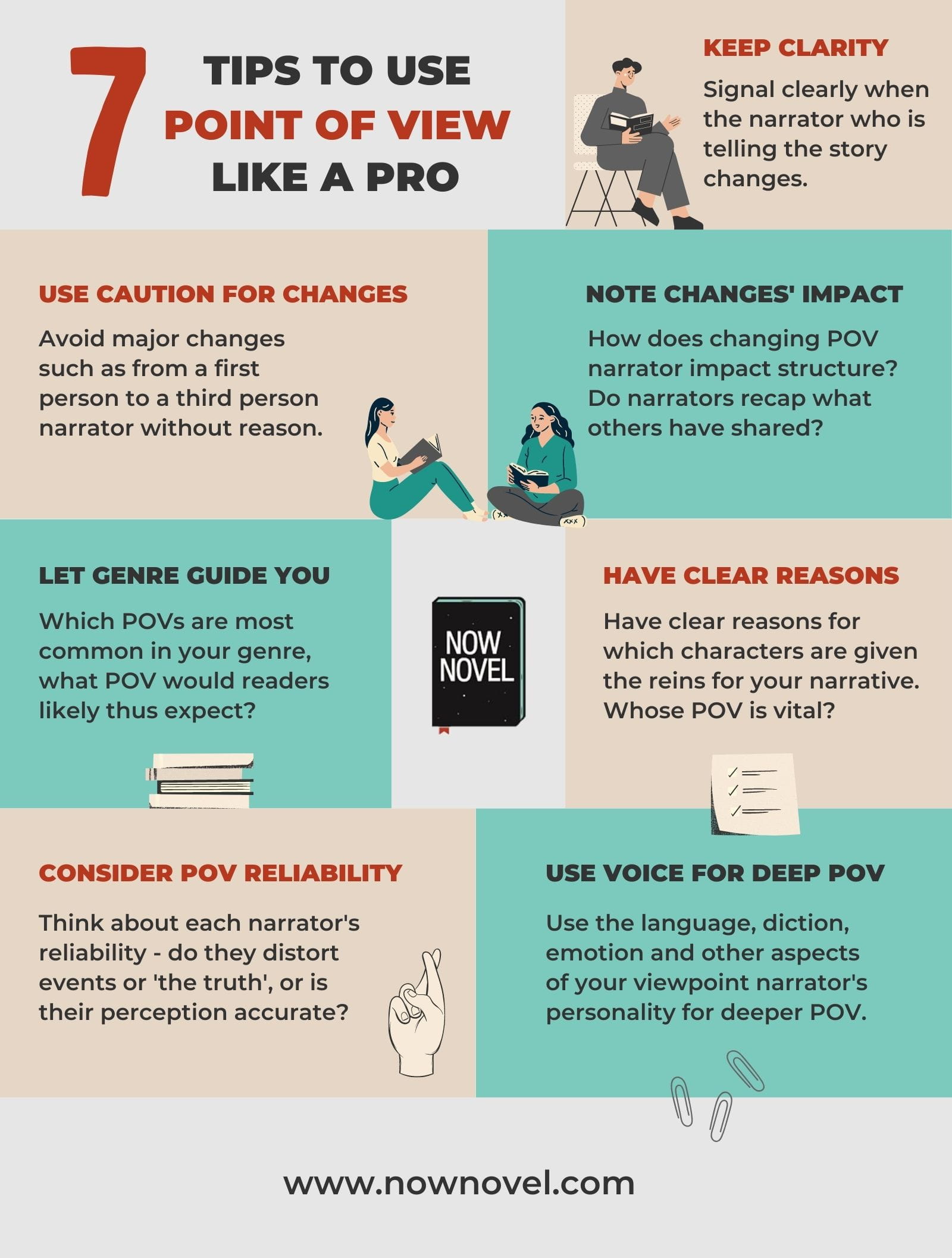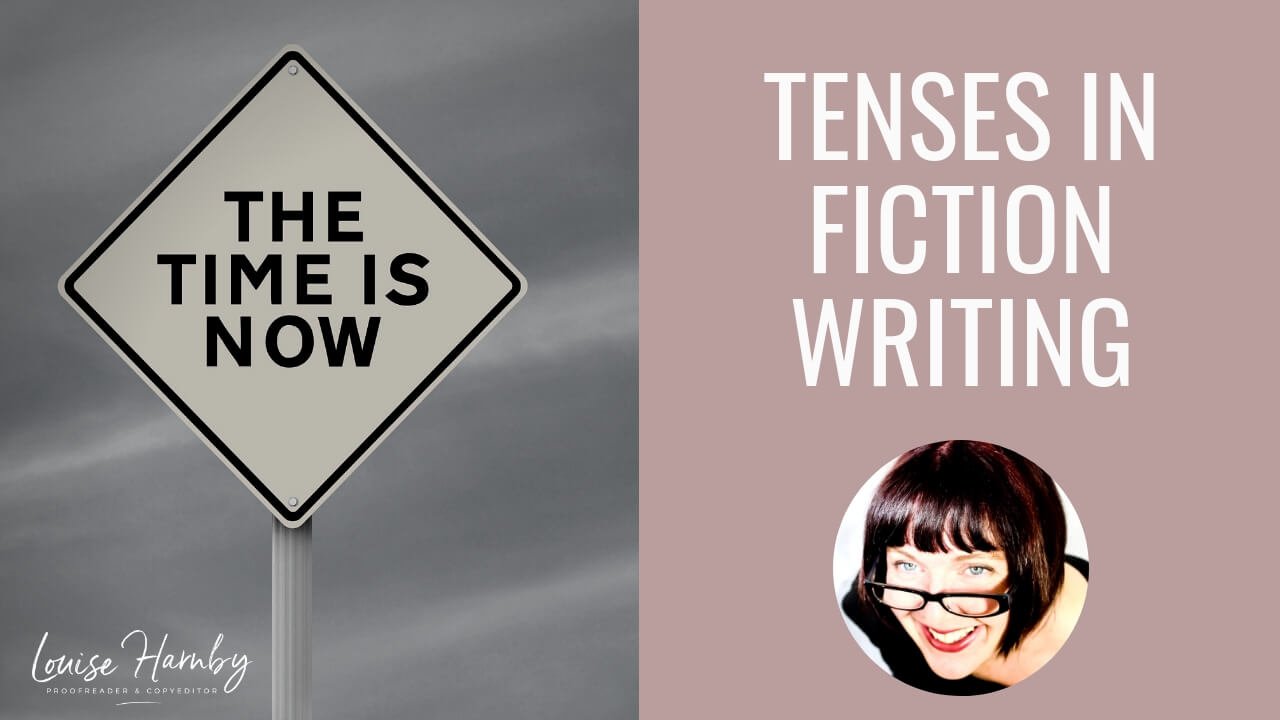How To Write A Novel In First Person – If you’re writing a novel and learning about different points of view, you might want to check out our articles on how to write in second person and third person omniscient. In this post, we’ve shared 7 tips on how to write a first-person narrative.
When it comes to writing in the first person, the past tense is preferable to the present tense as a general rule. Of course, the general rules have to be broken, and there are many novels written in the first person present tense where the present tense really works.
Contents
How To Write A Novel In First Person

The past tense is when the narrator, who is probably the main character, reflects on what happened in the past. You can almost imagine sitting by the fire with them as they tell you their story. Many contemporary novels written in the first person point of view use the past tense, in many different genres from New Growth, to Modern Fantasy, and so on.
Ways To Write In First Person
The present tense is when the narrator is telling you what is happening now, at this moment. On the one hand, it’s more immediate, but on the other hand, it can be a little jarring to read, especially if the tension doesn’t fit the story.
For example, present-day first-person narration is done extremely well in The Hunger Games novels by Suzanne Collins. Given Katniss’s situation, how she is followed by cameras during the actual games, it gives you the feeling that you are Katniss and that your every move is being recorded by the cameras. The use of the present tense in that novel is extremely poignant.
Choose carefully which tense best suits your story, but also pay attention to which tense comes most naturally to you as you write. Writing a novel is a difficult act, but writing at a time that doesn’t come naturally to you will make writing an even harder struggle.
If the present tense comes more naturally to you, it will enable you to write the entire novel without accidentally switching tenses. The same goes for writing in the past tense—if that tense comes more naturally to you, stick with it, even if it seems like the present tense would be more poignant.
Examples Of Writing In First Person
Whichever path you choose, try not to mix the present with the past unless it makes sense, as it can be very annoying. Many writers make that mistake when writing. For example,
“The asteroid was on its way and yet my boss, my manager and my girlfriend were also looking the other way.
It would read better if the last sentence was, “I didn’t know what they were thinking.” Because what happened – even the main character’s thought or lack thereof happened in the past.

This error occurs less often in the present tense in the first person, but it is worth noting that a return to the first person, in the present tense, can and should be written in the past tense, because it happened in the past, from the point of view main. character, even if the novel is told in the present tense.
How To Write A Short Story In 9 Simple Steps
If there are two things that don’t mix well when you write, it would be first-person perspective combined with purple lyrical prose. Lyrical prose is written in an evocative, poetic and rhythmic manner, with many alliterations, similes and metaphors used in the writing. When it gets too flowery and ornate, it’s considered purple prose.
Since the main character is telling the story, unless it makes sense for the main character to speak in a lyrical way and it makes sense in terms of their characterization, avoid using words that the main character simply wouldn’t say in dialogue.
At the other end of the spectrum is when the writing style is conversational – almost too conversational. In these cases, the prose becomes very dry, there is almost no presence of a metaphor or a simile. This might make sense if the main character is someone who simply wouldn’t think in metaphors or similes at all, but it limits you as a writer and prevents you from enhancing the reading experience in any way.
The ideal way to proceed is to find a balance between a lyrical and conversational writing style. Don’t get too wordy in your writing or use big words that your main character would never use in dialogue. But you shouldn’t go too far in a purely conversational tone either.
How To Stay Positive When Writing Your First Book: Tips On Writing A Book
It’s worth noting here that if you really want to write in a certain lyrical, elevated, or even purple style of writing, consider switching the narrative to third person to avoid these limitations. Because in the first person, at the end of the day, the writing style has to be tightly controlled and balanced between literary (or lyrical) prose and conversational tone.
When writing in the first person point of view, it is advisable that your protagonist observes the other characters and the world – this is how the protagonist will describe them. But when writing in these observations, remember that the main character must have limited knowledge of the world and the people in it (the other characters).
Let us for example say the main character meets someone new and they seem to know their age, name and even personality for no reason just by hearing them say a few words. If the main character is a psychologist or a detective trained to observe the people around them, then it would make sense for them to draw accurate conclusions about someone they just met.

Otherwise, it’s a little flashy, showing that it’s the author who already knows these things and magically (or just unconsciously during the writing process) allows the protagonist to know these things as well.
Writing In First, Second, And Third Person
The same is true of the current world, whether you’re writing contemporary fiction set in our modern world, historical fiction set in the past, or a science fiction/fantasy novel set in a completely different world. The main character does not want to know the whole world. A person from Kansas who has never been to Los Angeles should not be able to make observations about what life is like there.
To summarize, establish, and keep in mind what the main character knows about the world, how it works, and about the other characters, making sure not to give away information that doesn’t make sense to the main character.
Inner monologues come in three different forms. The first form is when the main character speaks at length about a certain topic and shares his opinion with the reader (almost unnecessary). It is often the author who shares his thoughts with the readers, even when it makes no sense to the main character himself.
The second form comes after the main character considers absolutely every possible consequence while planning their next action. While less irritating than an attitude-laden interior monologue, it still detracts from the story. The biggest problem is that in any novel, when the main character makes long and detailed plans or considers some consequence very carefully, it means to most readers that none of it will actually come to pass. Something completely different or unexpected will happen (a twist). But instead of surprising your readers, you’ve already prepared them to expect it.
How To Start A Story: Nail Your Novel’s Opening
The third is when the protagonist reflects on what has happened to them so far (detailing at length how they felt). This kind of internal monologue slows down the pace of the story because nothing actually happens while the main character is thinking. Moreover, the reader already knows what happened to the main character – they were along for the ride. This kind of repetition is quite unnecessary.
However, there is a need for internal monologue in itself. You need the main character to have their own beliefs and opinions. You need the main character to consider the consequences of their plans and actions. You also need to make the main character reflect on what has happened to them so far and how they feel about it.
So ideally you’ll save the main character’s thoughts for moments when it’s really important to the story, like when they have to make a certain decision based on their opinions, principles, or morals.

When it comes to planning and considering the consequences of their plans and actions, keep them short and to the point. This thinking about consequences and making active plans should be limited, even if another character is present and you try to convey them through dialogue.
Third Person Point Of View
Also, instead of fully reflecting on what happened to the protagonist, just convey that they remembered something, and instead of sharing their inner monologue, just have the protagonist physically react to the memory. For example, smile at a happy memory, cry, shake, shake hands if it was something traumatic, etc.
Modern romance novels often have dual perspectives, from both the hero and the heroine. Often both are written in the first person narrative. Even if your story isn’t a romance, you may want multiple perspectives
How to write novel book, how to write a first person novel, how to write a novel in first person, how to write novel, how to write novel in 30 days, how to write fantasy novel, how to write mystery novel, how to write in the first person, how to write fiction novel, how to write good novel, how to write your novel, how to write your first novel
